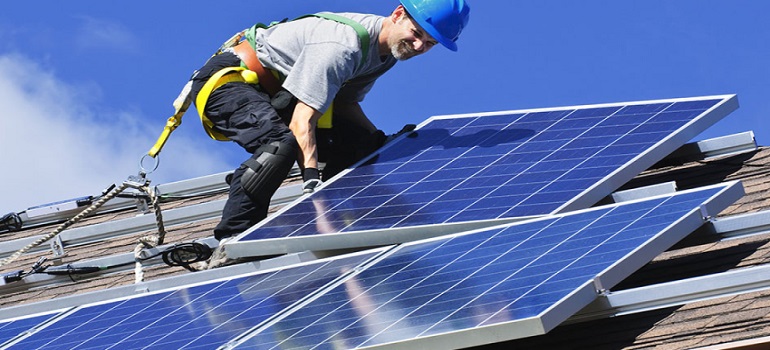The Ministry of New & Renewable Energy (MNRE) has declared that there will be a uniform rate of central financial assistance (CFA) for the installation of residential rooftop solar (RTS) projects under the second phase of the program. The announcement came after the Ministry received representations from various stakeholders pointing out that currently, there are two modes for determining the rates, causing confusion among consumers due to differences in CFA rates. The MNRE clarified that a fixed and uniform CFA, as applicable under the simplified procedure, will be applicable for both implementation modes.
These measures are aimed at increasing the adoption of residential RTS projects, as against the target of achieving 40 gigawatts (GW) of RTS capacity by December 2022, only 7.65 GW of RTS capacity has been achieved so far. The MNRE has fixed rates for individual households, Resident Welfare Associations (RWAs), and Group Housing Societies (GHS) in different regions. The rates are higher for residential consumers in North Eastern states including Sikkim, Uttarakhand, Himachal Pradesh, UT of Jammu & Kashmir, Ladakh, Lakshadweep, and Andaman & Nicobar Islands.
In June 2015, the government approved scaling up of grid-connected solar power projects under the National Solar Mission (NSM) from 20,000 MW to 1,00,000 MW by 2022, of which 40,000 MW was to be achieved through grid connected RTS projects. In December 2015, Phase-1 of the RTS program was approved targeting 2,100 MW capacity addition by 2019-20 through CFA, and as of December 2021, an aggregate capacity of 2,098 MW was sanctioned of which 1,319 MW was reported to be achieved. Subsequently, in March 2019, Phase-2 of the program with two components was launched. Under component A, the ministry aims to set up 4,000 MW capacity in the residential sector with CFA, while under component-B, the target is to incentivize Discoms based on achievement towards an initial 18,000 MW of grid-connected rooftop solar plants.


